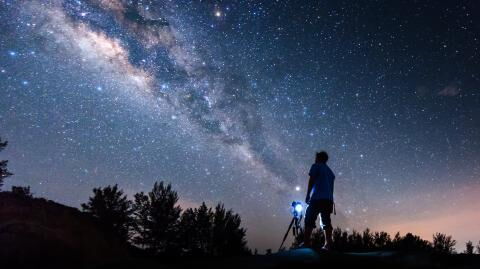Between the shooting stars from the Perseids, the Kappa Cygnids and the Sturgeonsupermoon, the sky in August was spectacular. Good news for astronomy enthusiasts: the next 30 days will also be star-studded. Literally.
Discover our latest podcast
Alpha Aurigids meteor shower
And it all starts at the very beginning of the month With the meteor shower from the Alpha Aurigids! Associated with comet C/1911 N1 Kiess, this meteor shower is active from August 25 to September 30.
It is estimated that it will be possible to observe about 6 meteors per hour during its peak, scheduled for September 1 at 11 pm.
The Epsilon Perseids meteor shower
The Alpha Aurigids will soon be followed by the Epsilon Perseids, or ε-Perseids. While its name suggests that it is associated with comet 109P/Swift-Tuttle (like the Perseids), according to Star Walk:
It is likely that the parent body of the Epsilon Perseids is an unknown long-period comet.
Either way, this meteor shower will be active from 5 to 21 September, with a peak expected on 9 September. A handful of meteors per hour are expected.
The autumn equinox
It's hard to believe, but we're living in the last days of summer (well, given the recent heat waves, maybe that's a good thing). But what exactly are we talking about? And what is the difference between an equinox and a solstice? As the days get shorter and shorter, the equinox is the date on which day and night are of equal length.
From the first day of autumn until the next winter solstice (the shortest day of the year), the nights will be longer than the days. This year, the autumn equinox will take place on 23 September.
This article was translated from Gentside FR.
Read more:
⋙ From meteor showers to super moons: Here’s all you need to know about the night sky events in August
⋙ Here’s everything you need to know about tonight's super moon, August 12
⋙ Here’s everything you need to know about today's Strawberry full moon















